
SARINA ROFFÉ
EMILIA ANCONA NEE SETTON HAD AN IDYLLIC CHILDHOOD GROWING UP ON THE ISLAND OF JAMAICA. THE SECOND CHILD OF DAVID AND ESTELLA SETTON (NEE ZAKAY), EMILIA REMEMBERS HER CHILDHOOD WITH FONDNESS.
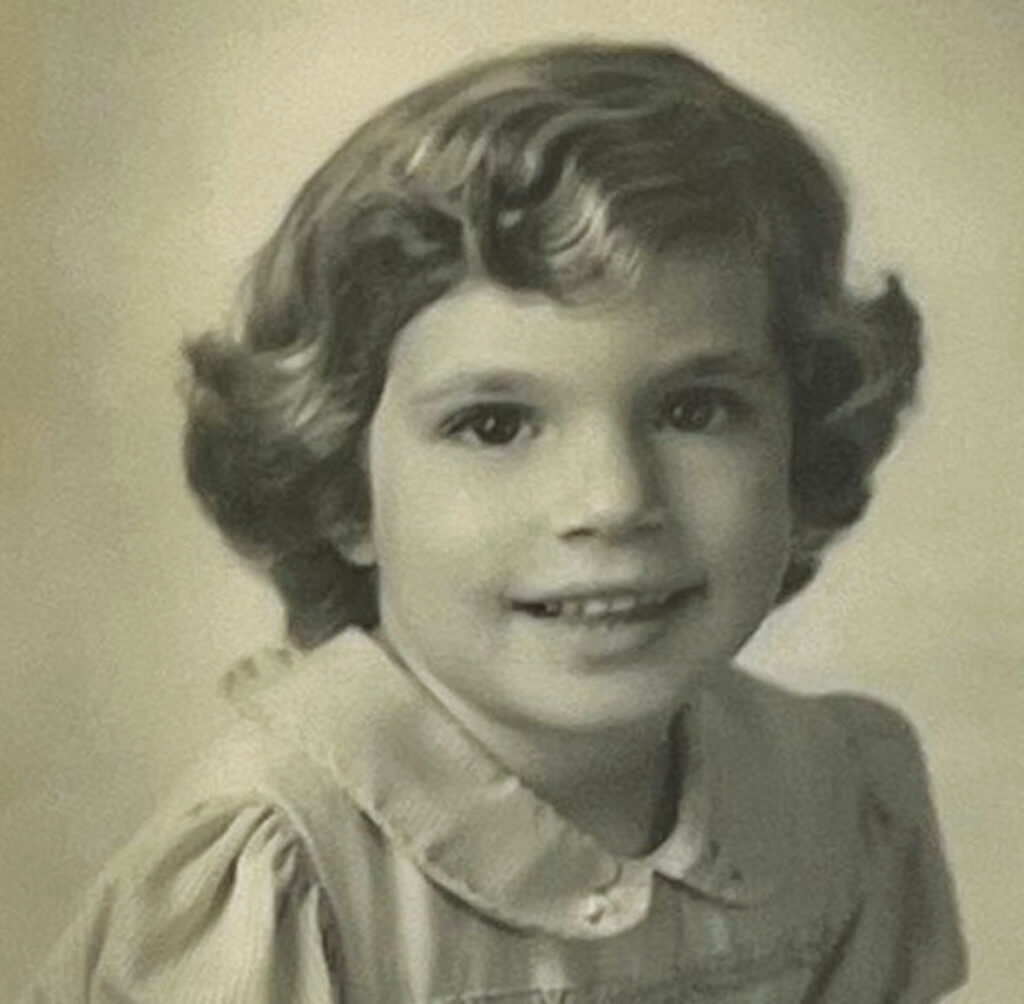
Their chalet home, designed by Estella, sat on acres of land filled with avocado, mango, pineapple, lemon, and orange trees that backed to a forest. The family always had freshly squeezed lemon and orange juice available.
Most of the rooms of the house had sliding glass doors that opened onto magnificent gardens and terraces. They would leisurely eat watermelon and toss the seeds into the garden, which grew into watermelon plants. Cows grazed in the lot next to them.
“It was an innocent beautiful life,” said Emilia. “We had four bedrooms, a cat and dog. We didn’t have a washing machine and dryer. We had a wash woman who washed the clothes in a big tub with hot water. They dried the clothing outdoors on a clothesline. The clothes were always sparkling clean.
“We were not spoiled, even though we had servants to cook, wash clothing, and garden. We had a nanny to take care of us. Still my mother made us help in the kitchen and clean our rooms. She wanted to keep us busy so we wouldn’t socialize with non-Jews.”
FIRST JEWS IN JAMAICA
Christopher Columbus was known to protect conversos, those who secretly practiced Judaism, on the island of Jamaica. He had several on his ships the four times he sailed to the New World. And it has been proven that Conversos provided the funds for the voyages. The King and Queen had no funds as the royal treasury was emptied after fighting wars.
Columbus first reached Jamaica in 1494 and was shipwrecked there for a year from 1503 to 1504. The Spanish crown granted the island to the Columbus family, and he did not allow the Church to have a presence on the Caribbean Island. As a result, conversos began to migrate to the island.
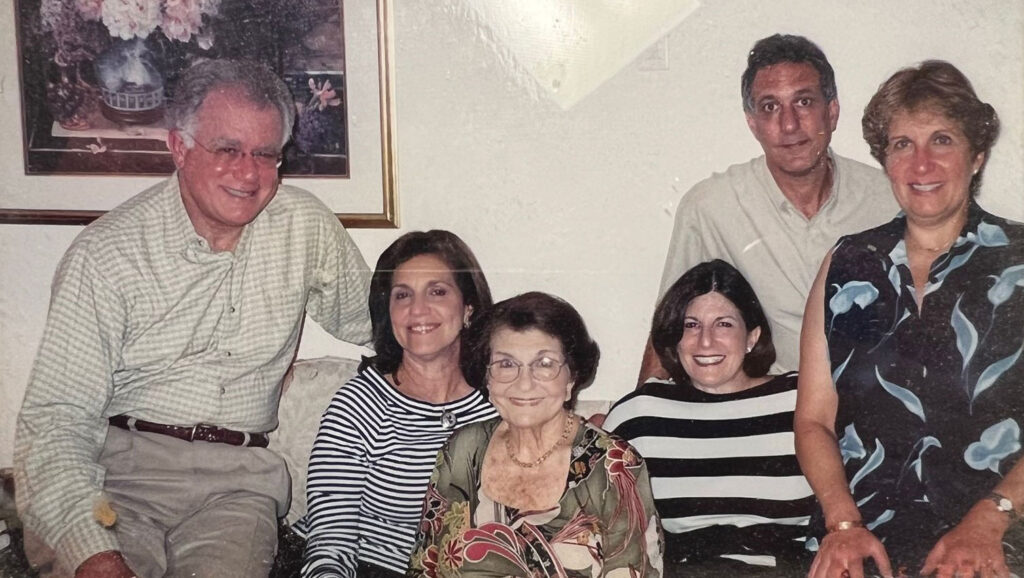
In 1655 the British won the island from Spain and many Portuguese were reported as living in Jamaica. The Portuguese on the island were often persecuted by the Spanish and so many helped the English with their invasion. The Jews were allowed to remain after the conquest and began to practice their religion openly. Oliver Cromwell granted them British citizenship, which was confirmed in 1660 by King Charles II of England. For many Jews, Jamaica became a safe place they could live in without fear of persecution. Jews from Amsterdam, Bordeaux, and Bayonne moved to Jamaica, mostly residing in Port Royal. Port Royal even had what was called a Jew Street. In 1672 thirty-one Port Royal merchants petitioned the governor complaining of large numbers of Jewish retail merchants active on the island.
With the influx of Jews to Jamaica in the 17th century, multiple synagogues were constructed across the island in such cities as Montego Bay, Spanish Town, Port Royal, and Kingston. A synagogue built in Spanish Town, the Sephardic Kahal Kadosh Neveh Shalom (Habitation of Peace), was consecrated in 1704. Jews came from Spain and Portugal, having fled the Spanish Inquisition. To conceal their identity they referred to themselves as “Portuguese” or “Spanish” and practiced their religion secretly.
HOW DID THE SETTON FAMILY GET TO JAMAICA?
David Setton, son of Haim, was born in Aleppo in 1911. Economic conditions were poor in the Levant and people were emigrating. David’s uncle Saul Setton took David, along with his brother Joseph to live in Manchester. An eye infection forced Saul to leave Manchester. He decided to move to Jamaica, which was part of the United Kingdom.
While Saul did not stay in Jamaica, David settled there and worked as a peddler living among the small Jewish community. Eventually he opened his own textile business. By his 20s, he wanted to marry. So, he traveled to Panama, where there was a Syrian community. There he met Estella Zakay, who was 15 and one of eight children. Her father was Elias Zakay, a Baghdadi Jew, and her mother was Selma Guindi, of Izmir. David and Estrella married in 1941 and he took her back to Kingston, Jamaica.
The couple had five children — Victor, Emilia, Judy, Debbie and Eli, all born in Jamaica except for Debbie, who was born in Panama during the months the family lived there when a polio epidemic raged in Jamaica.
Emilia recalls the small Jewish community and the Shaare Shalom Synagogue on Duke Street in Kingston that has a sand floor, to remind persons of the time when Jews covered their floors with sand to muffle the sound of their prayers during the Spanish Inquisition.
Other Jewish families included the Silveras and Matalons. But there was lots of intermarriage and Estella was very protective of her children.
“We had no real kosher food, so my mother salted her food and ground her own beef herself. She cooked Middle Eastern food and learned to make Jamaican fish, apkee, plantain, kidney beans and rice. She also made Syrian food. They couldn’t buy phyllo dough, so my mother and aunt made their own so we could have baklava. They had it on the table and rolled it so thin and then cut it to make baklava. It was hard work to make the dough. We had all different types of food. She was an excellent cook,” said Emilia.
She and her siblings attended the all-girls Wolmers School. They wore uniforms and were members of clubs. Jewish children did not have to participate in prayers. The boys went to a boys Catholic school. David Setton drove the children to school each day and picked them up when school ended. They brought lunch to school, played tennis and went to the movies as leisure activities.
“My father traveled to Japan, China and New York to buy textiles. He sold piece goods and the materials were used to make our dresses. We had a Jamaican dressmaker who made all our clothes. My mother dressed all three girls alike, so the dresses were handed from me to my younger sisters. My mother loved to shop.
“When my brother Victor has his bar mitzvah in 1958, we had a lovely celebration at home. After my parents sent him to a Hasidic yeshivah in Williamsburg. When he came home to visit, we had to have real kosher food and it was brought from New York. Estella had sent Victor to New York because she worried about her children being exposed to non-Jewish influences.
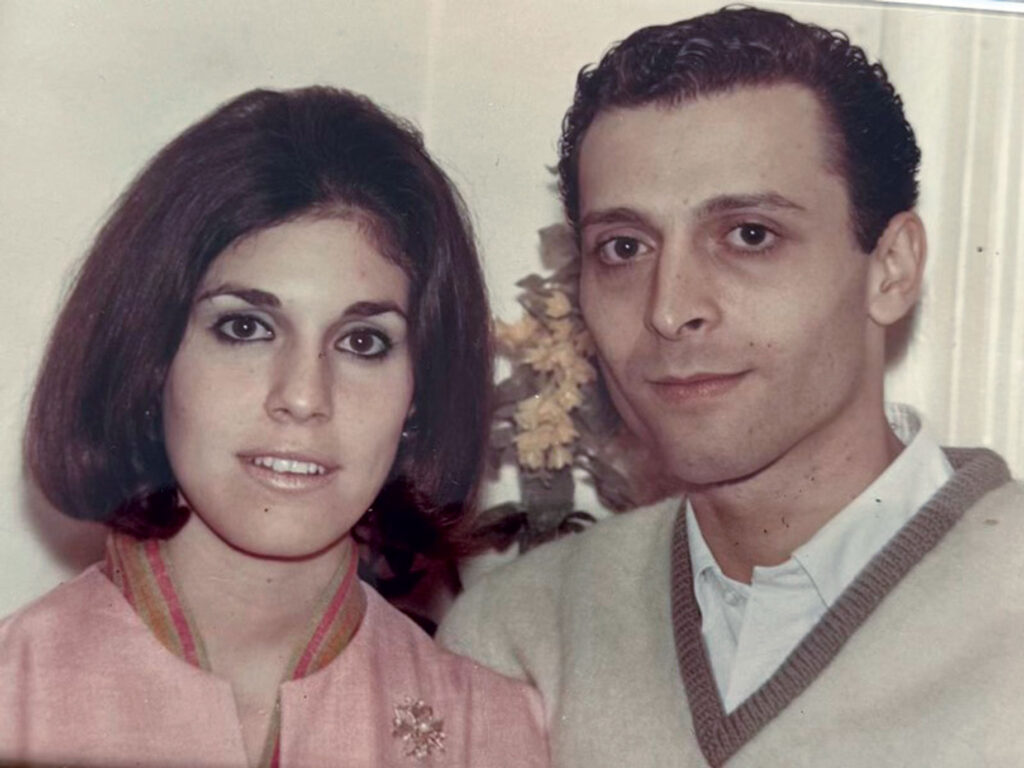
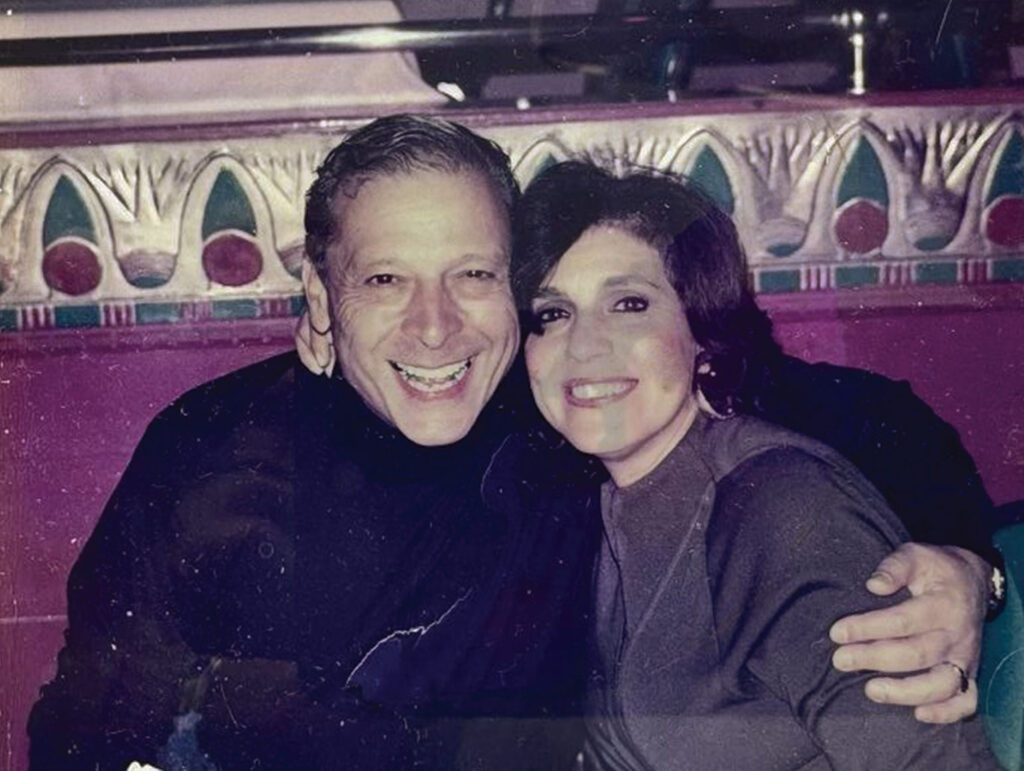
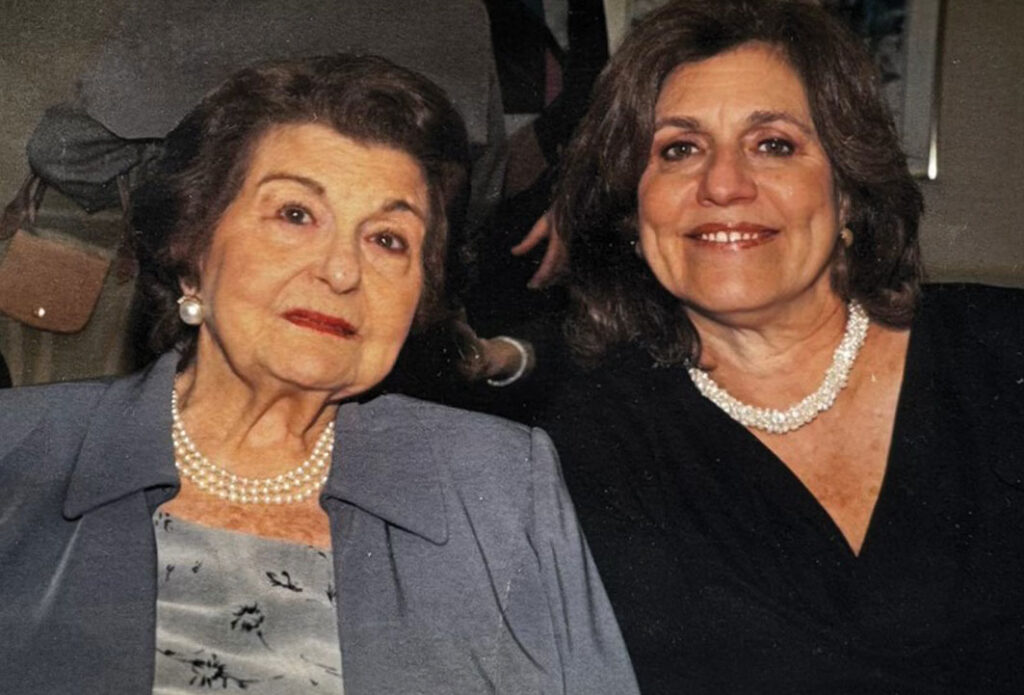
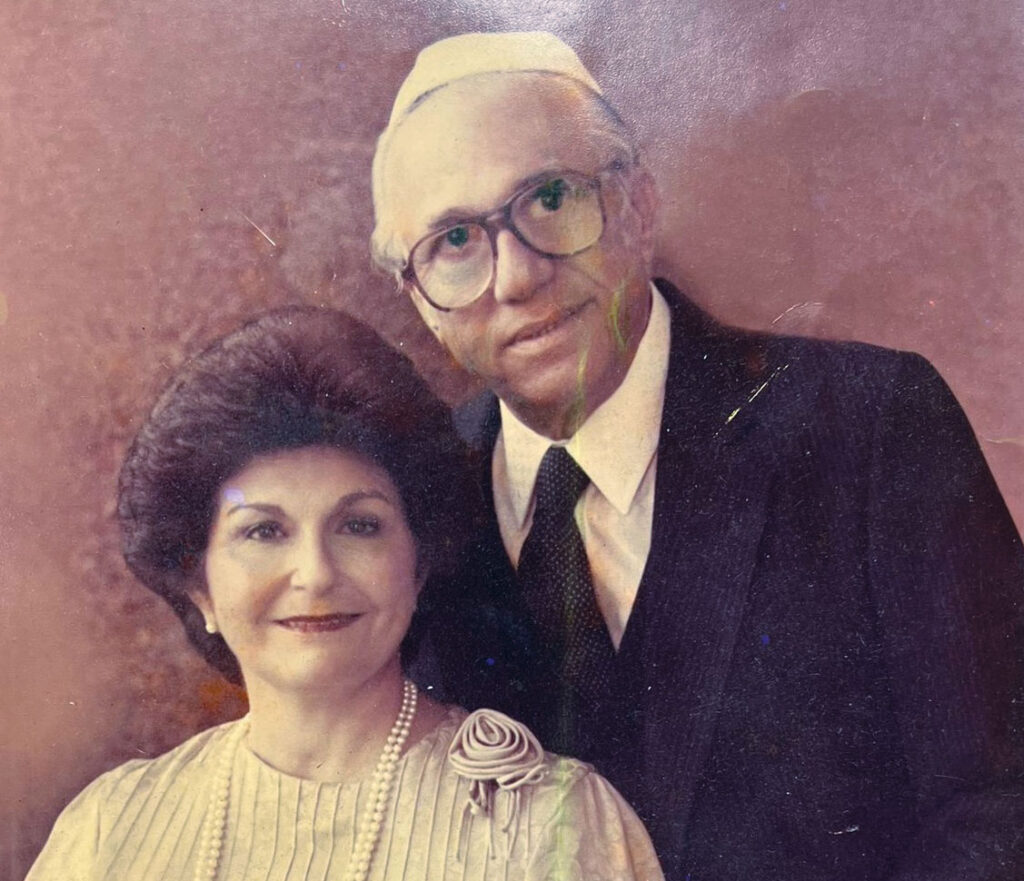
“Our friends were international — Irish, Scots, and Israelis. There was a large Christian Arab and Druze population in Jamaica from Lebanon,” said Emilia.
Emilia blossomed in high school and when she did, her mother worried she would marry a non-Jew, so she sent her to Panama to live with Selma and Elias Zakay, her grandparents. Emilia finished high school in the Canal Zone High School in Panama but she did not like it there, so she returned to Jamaica in 1965.
Soon after, there was a family wedding in Mexico City for her uncle Moise Zakay, who was a mohel. The entire family went to Mexico for the wedding, but a death on the bride’s side of the family caused the wedding to be delayed.
“I wanted to go to Brooklyn, so I went and lived with my aunt and uncle. I began to socialize with my cousins and we went to socials at Shaare Zion. That’s where I met my husband, Saul Ancona. I was 19 and he was 28. We married at Shaare Zion in July 1966. My parents still lived in Jamaica so we went after we married and my mother gave us a lovely garden party. When I came to New York and married, I had no maid, but I knew what to do because my mother taught us.”
Emilia and Saul had three sons, Robert, David and Joey. And over the years, their family grew. When her children were in school Emilia returned to school and earned a degree in Jewish studies. She became an early childhood teacher.
Back in Jamaica, her father David dissolved his business in Jamaica a few years later and moved to New York. The Six Day War in Israel in 1967 brought out the anti-Semitism among the Christian Arabs in Jamaica. They boycotted his business.
Emilia lives in Brooklyn, is now retired and enjoys spending her winters in Florida. She enjoys her growing family and grandchildren.
A genealogist and historian, Sarina Roffé is the author of Branching Out from Sepharad (Sephardic Heritage Project, 2017). She is researching a new book: Syria – Paths to Freedom. Sarina holds a BA in Journalism, and MA in Jewish Studies and an MBA.



